Every now and then it happens that the urge to record a song hits me. To solve this desire, I have acquired some simple gadgets to be able to do this. As I’m retired my goal is to keep costs as low as possible.
Operating System
Well with low cost and stability in mind my choice is Linux which is free and open source. There are many different variations that one can choose between. I have tested Ubuntu, Ubuntu Studio, Debian, AV Linux, Linux Mint and some others. My choice fell on Linux Mint as its lightweight, fast and not cluttered up with tons of programs of no interest. The Linux Mint Desktop of my choice is Xfce of same reasons.
Here is what it looks like
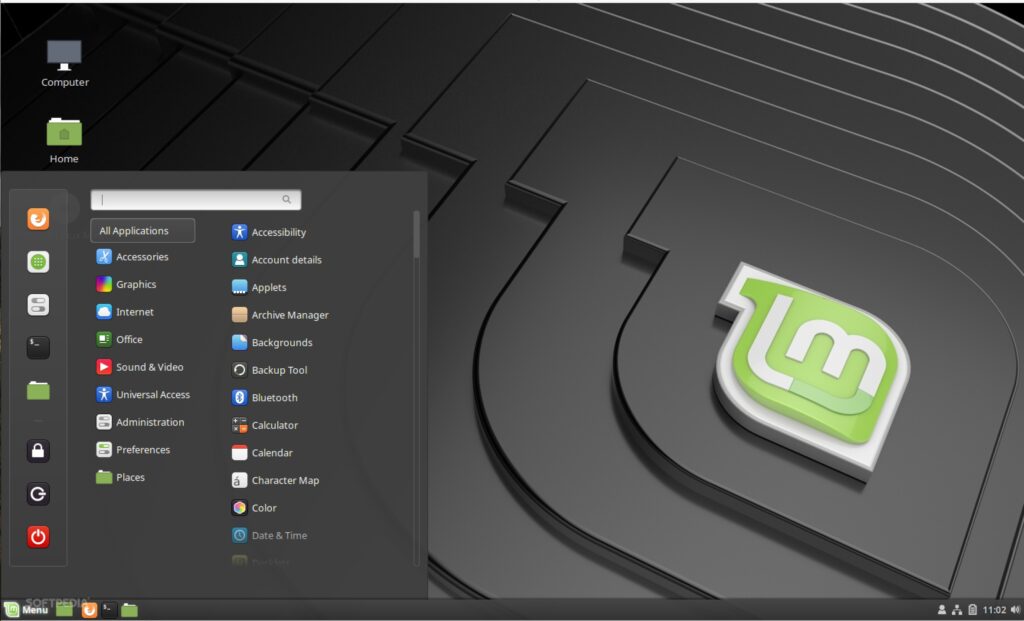
Preparations for Music Production
There are some things to do before the system is optimized for music production. First of all we need a low latency Kernel. A simple description of what ’low latency’ is that it minimizes the time between the record input and when its heard in the speakers
Installing the Low Latency Kernel
Open a terminal window and type
sudo apt install linux-lowlatencyReboot when its done.
Setting Realtime and Memlock
Then add following lines to the file
/etc/security/limits.conf
by typing
sudo nano /etc/security/limits.confMove to the bottom of the file and add
<username> - memlock unlimited
<username> - rtprio 99
<username> - nice -10
where <username> is your username
Update PAM (Pluggable Authentication Modules)
Ensure that PAM allows the given limits by verifying the following file (if its not there, add it)
sudo nano /etc/pam.d/common-sessionsession required pam_limits.so
Now reboot again.
Set CPU Governor performance
Open this file in an editor (create it if it doesn’t exist)
sudo nano /etc/rc.localAt the end of the file add following lines
#!/bin/bash
for cpu in /sys/devices/system/cpu/cpu*/cpufreq/scaling_governor; do
echo performance > "$cpu"
done
exit 0
If the file already existed skip the line #!/bin/bash
If you had to create the file, make it executable like this
sudo chmod +x /etc/rc.localInstalling the Jack Audio Connection Kit
To get things working we need the Jack Audio Connection Kit.
sudo apt install jackd2After installation open the program ’QjackCtl’ and go to ’Settings’
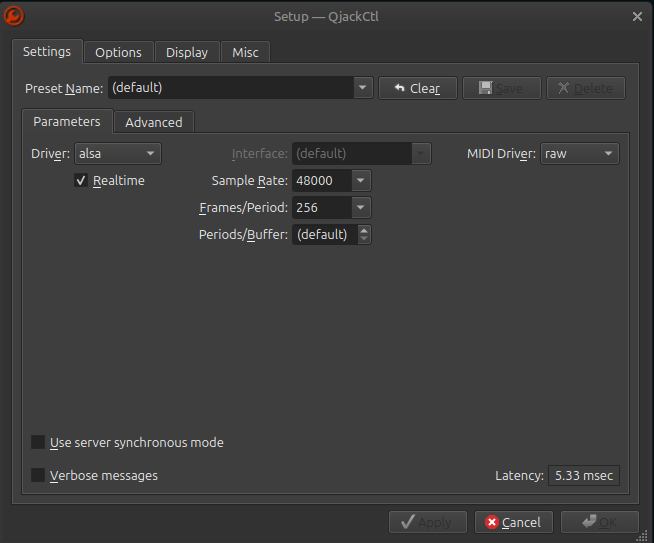
- Set ’Driver’ to ’alsa’
- Check ’Realtime’
- Select your Audio interface in ’Interface’
- Set preferred ’Sample Rate’
- Set preferred ’Frames/Period’
The in the tab ’Misc’ check the ’Start JACK audio server ….’
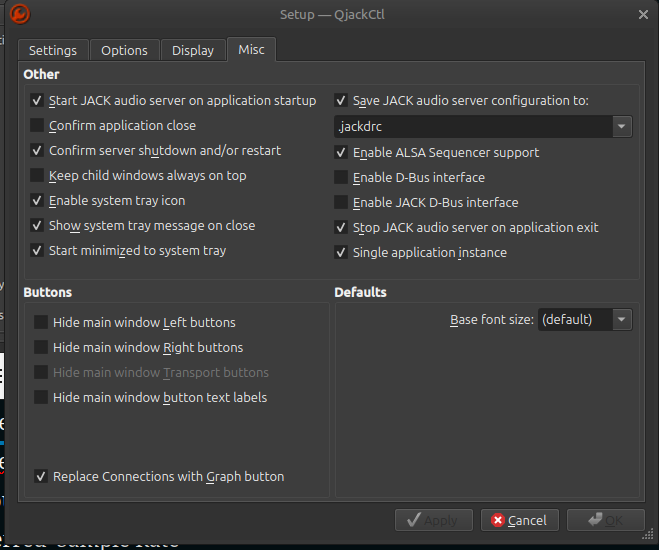
Great. Now you system is prepared for Music Production
My Tools for Audio
What software to use is more or less a matter of taste. I have tested a some different DAW’s (Digital Audio Workstation) such as Ardour, QTractor, LMMS and Reaper
My choice in the end was Reaper. Its free if you can live with a 10 seconds delay at start. To get rid of that and support the developers you can pay $60, which I did.
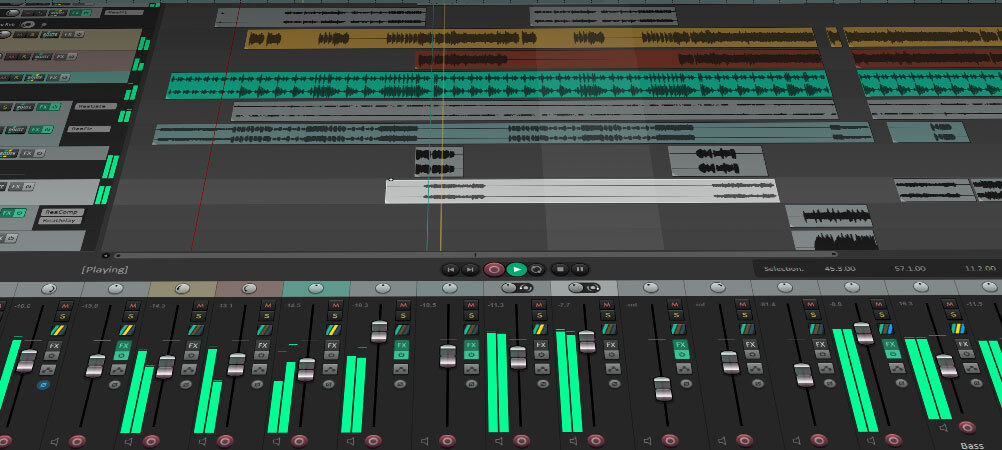
Audio Interface
My audio interface is Focurite Scarlett 2i2 which has worked flawlessly.
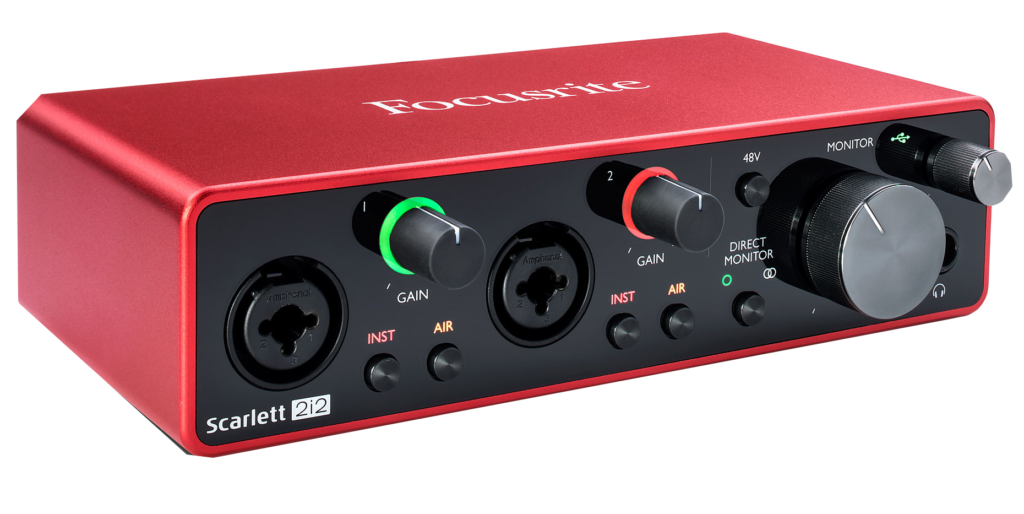
Midi keyboard
I’m a guitarist but sometimes I need to add some simple synth cords so I got my self a really minimal keyboard for that. The SubZero ControlKey 25

SubZero ControlKey 25
Instruments
Besides the computer stuff I have some instruments. 2 electric guitars, a base and an acoustic guitar
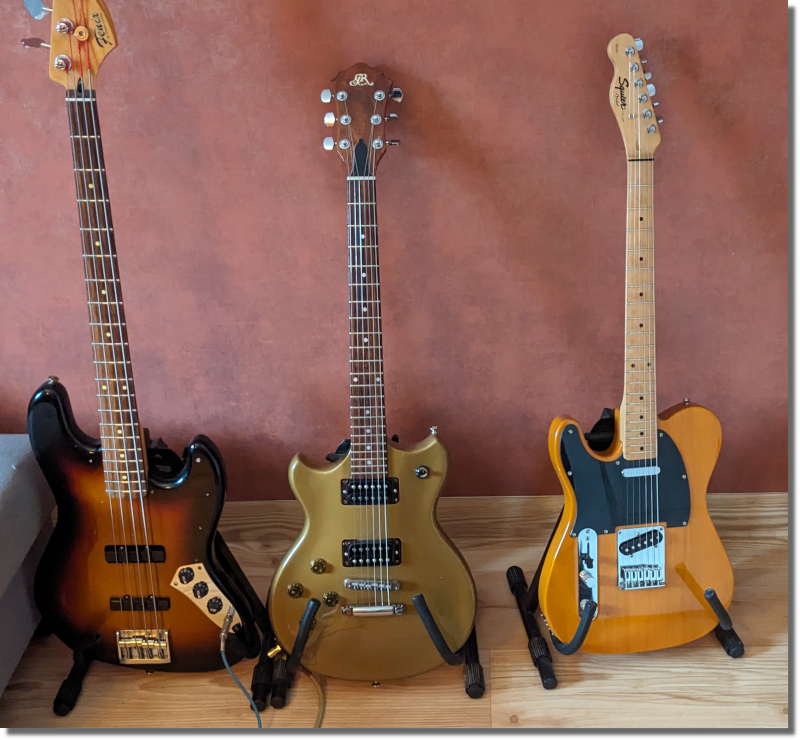
An example
What can be achieved with this? Here is an example